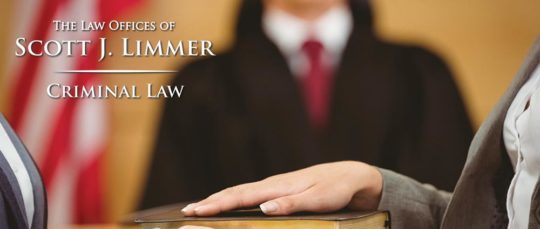You’ve seen it scores of times, in crime stories on TV and in movies. After collaring a suspect, the detective reels off a now familiar warning, telling the arrestee of his right to remain silent, reminding him anything he says can be used against him in court, mentioning the rights to have a lawyer present during questioning, and to be represented by a court-appointed lawyer if unable to afford to hire one. Here’s a brief summary of what these Miranda rights are, where they come from, and when they apply.
Ultimately, you can thank the Founding Fathers, who included the right against government-compelled self-incrimination in criminal cases in the U.S. Constitution, as the Fifth Amendment in the Bill of Rights, along with the Sixth Amendment’s right to counsel in criminal cases. The now-famous warning comes from the U.S. Supreme Court’s 1966 decision in Miranda v. Arizona. Adopted by a narrow 5-4 margin, the Miranda decision came after a Phoenix man, Ernesto Miranda, went to court to challenge his conviction on charges of kidnapping and raping a mentally disabled 18-year-old.
The victim identified Miranda as her assailant when he was brought to a police station; he was then put into an interrogation room and grilled by two police officers for two hours. He signed a written confession; although that statement declared it was made voluntarily, not prompted by threats or promises and with “full knowledge of my legal rights,” the record was clear Miranda was never advised of his rights to stay silent, avoid self-incrimination and have a lawyer present during the interrogation.
At Miranda’s jury trial, the written confession was introduced as evidence, and Phoenix police also testified to an oral confession he made before signing the statement. Arizona courts rejected Miranda’s challenge to his conviction, based on his not having been advised of his constitutional rights; the state courts stressed he had not asked to have counsel with him during questioning.
When the case reached the Supreme Court, the decision by Chief Justice Earl Warren set a new standard for law enforcement procedures, disallowing use at trial of defendants’ statements unless there is clear evidence they were aware of their constitutional rights. The “full knowledge” declaration in the written confession was held inadequate proof of that, and Miranda’s failure to ask for counsel did not knowingly waive his rights.
After quoting from police manuals on interrogation techniques, Warren declared when an individual is in police custody, the pressures of the situation work so strongly against the right against self-incrimination that the individual must receive an effective statement outlining those rights before being questioned. He noted in passing the FBI had long used similar notices before interrogating suspects.
Under the Miranda decision, if after receiving warnings, a suspect knowingly chooses to waive those rights, his statements can be used, but because the statements were given without proper protection for Miranda’s constitutional rights, they were not admissible in court, so his conviction was overturned. (Put back on trial, Miranda was later convicted again, without evidence of his confessions).
It’s important to be clear on when the Miranda rights apply, and what they cover. Those rights do not affect whether or not an arrest is proper, only how a person already in police custody can be questioned for his or her statements to be used in criminal proceedings.
The Miranda decision spelled out the rights on which a suspect must be warned, but not the exact language, so states are free to come up with their own versions, as long as they give effective notice. New York, for example, specifies the suspect be asked whether he or she understands each of the rights, and then if, bearing those rights in mind, whether he or she wants to talk with police.
In later decisions, the Supreme Court added detail on how Miranda rights should be interpreted. For example, a 2010 case said to be protected against self-incrimination, a suspect must explicitly state the desire to remain silent. Once that happens, police must end their questioning.
The Supreme Court, in a 1984 case from New York, has also recognized a limited exception allowing court use of answers to questions needed for public safety reasons asked even before Miranda warnings are given. The case involved a suspect wearing an empty holster; it allowed court use of the suspect’s answer when the arresting officer asked where the gun was.
